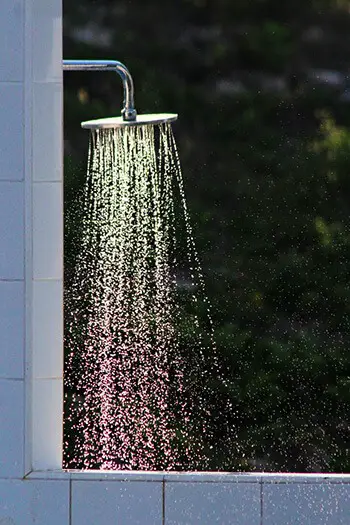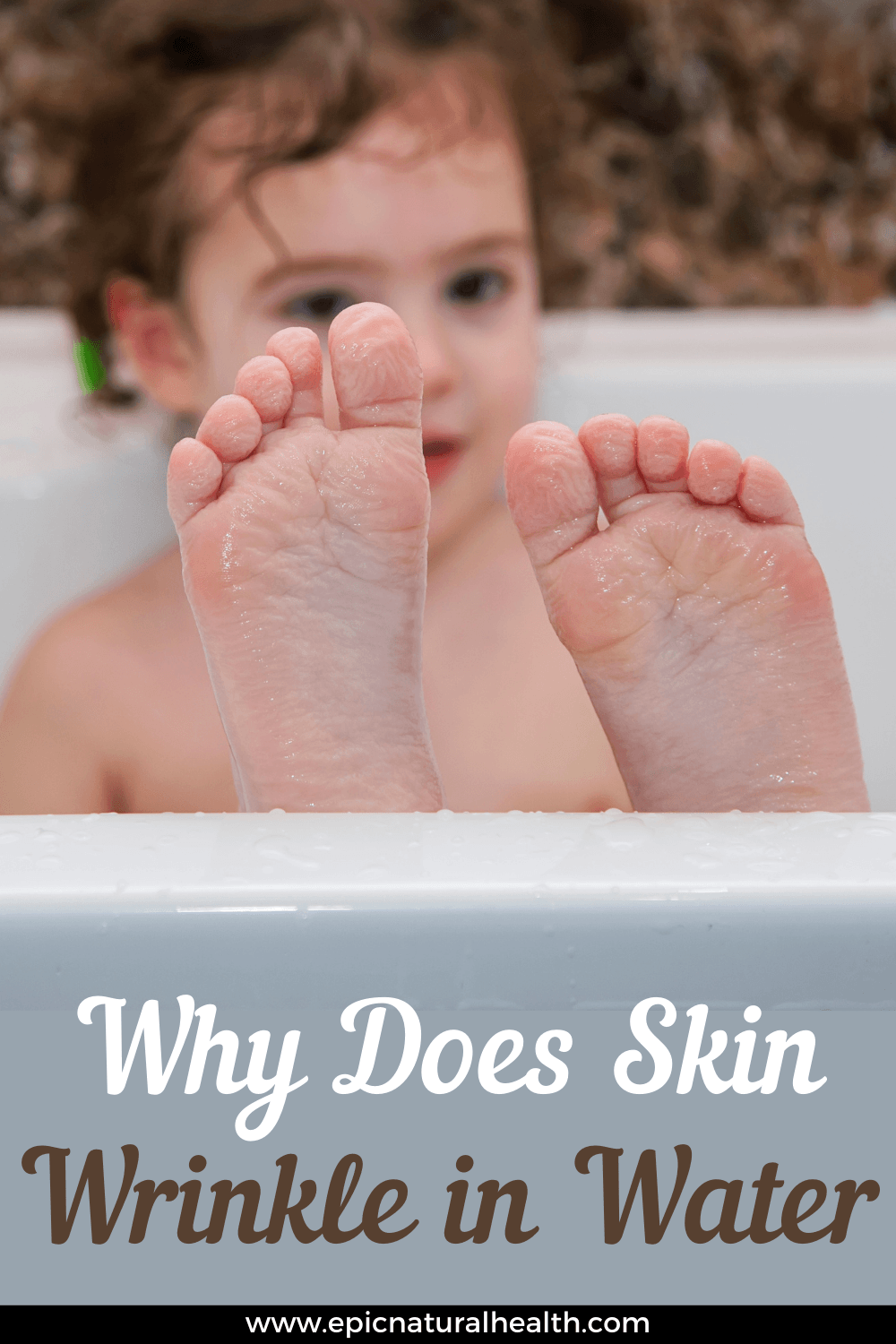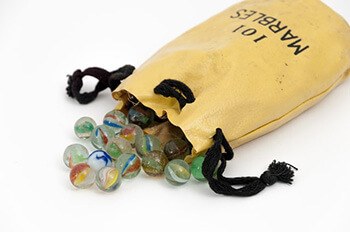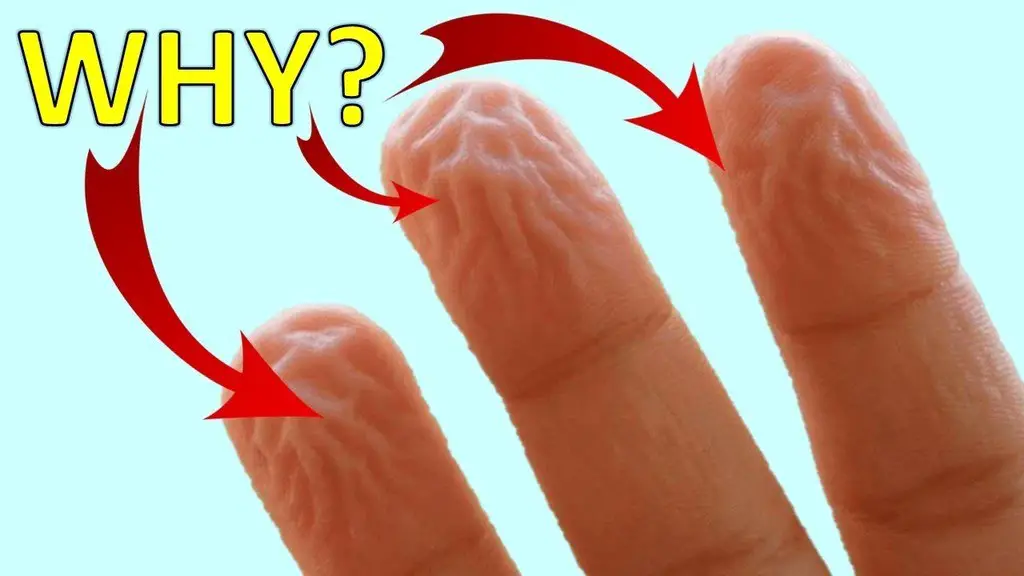No matter how often it happens, there’s something a bit freaky about skin that goes wrinkly in water. But many of us have long ago accepted that this is just one of the weirder parts of being a human being, without actually understanding why it happens.
If you’re keen to learn the science behind this weird phenomenon, we’re here to explain it to you in this video. Settle down and prepare yourself for a short lesson on the workings of our skin.
First, let’s get familiar with what our skin actually is. It’s our largest organ, for a start. Experts say that adults have about 8 pounds of skin that covers about 22 square feet. We need it for insulation, and, of course, to protect our bodies from becoming filled with water.
If we take super-long baths or showers, we’ll probably get a case of wrinkly skin, especially on our hands and feet. These wrinkles aren’t just a bizarre, unexplainable reaction – they actually have a purpose.It’s interesting to look back at why scientists used to think this happened. They believed that when water passed into the skin, it puffed parts of it up in something called osmosis, making those wrinkles.
Other scientists argued that osmosis couldn’t account for finger and toe wrinkling for a few reasons: First, only the skin of the fingers and toes wrinkle, whereas osmosis would cause all skin to wrinkle if that were the explanation.

Second – and this discovery was made during more research – this wrinkling doesn’t happen to people with nerve damage to their fingertips or toes. That was proof that the skin’s ability to wrinkle was part of an automatic response of the nervous system.
Research has come a long way, and now we know the exact cause of pruney fingers and toes: shrinking blood vessels.
This process, which is known as vasoconstriction, happens when you submerge yourself in a pool of water, like a bathtub or a swimming pool, and your skin’s dead keratin cells begin to absorb the water.
This triggers your nerves to send a message from the brain, telling the blood vessels to shrink. The loss of blood volume makes the arteries, veins, and capillaries thinner. As a result, the skin that covers them collapses into wrinkles.
So, why exactly does the nervous system want the skin to have a wrinkled surface? Scientists aren’t 100 percent sure just yet, but they think that our ability to produce temporary wrinkles might have to do with an evolutionary advantage. Interestingly, having wrinkly fingertips might help us to be able to grip things better.
The wrinkle pattern of fingers was studied in a lot of depth, with researchers finding that it works to funnel water away from our skin.

In one study, there was evidence that people whose skin had time to wrinkle were better able to handle wet objects. This led researchers to believe that the reason wrinkling only occurs on hands and the feet for the importance of grip, and that’s why the rest of the body doesn’t wrinkle when immersed in water.
You can test this wrinkle-grip theory out yourself with a handful of small objects – sweets, pennies, whatever you have lying around. Try picking them up first with dry fingers, and then with presoaked, wrinkly ones. Scientists themselves did this experiment with marbles to test whether wrinkled fingers gripped better. They did.

As for your toes, scientists are yet to give them their own marble test. But research so far suggests that when you have to move fast on wet ground, wrinkly toes might have better gripping qualities. Looking back to a very long time ago, that might have made a difference to our distant barefooted ancestors running from a predator in the rain.
It’s quite clear that scientists are yet to get to the bottom of the phenomenon that is water wrinkling. There are still plenty of questions that are yet to be answered, like, why don’t our hands and feet stay wrinkled all the time if it’s such an advantage?
While this theory does make sense, that doesn't necessarily make it true, and other scientists have proposed ideas for why fingers and toes wrinkle that has nothing to do with grip pressure.
There was also another study conducted by a different group of scientists on hand and feet wrinkles, and they didn’t find a single bit of evidence to support the “better grip” theory. So really, even the experts are still mostly just guessing.Conclusion

It’ll be interesting to see how theories change as more and more studies are conducted on the wrinkled skin effect. Perhaps it’ll take us years to fully understand the real science behind soaking in the bath. In the meantime, feel free to make up your own theories for your wrinkled skin – the more inventive, the better!

